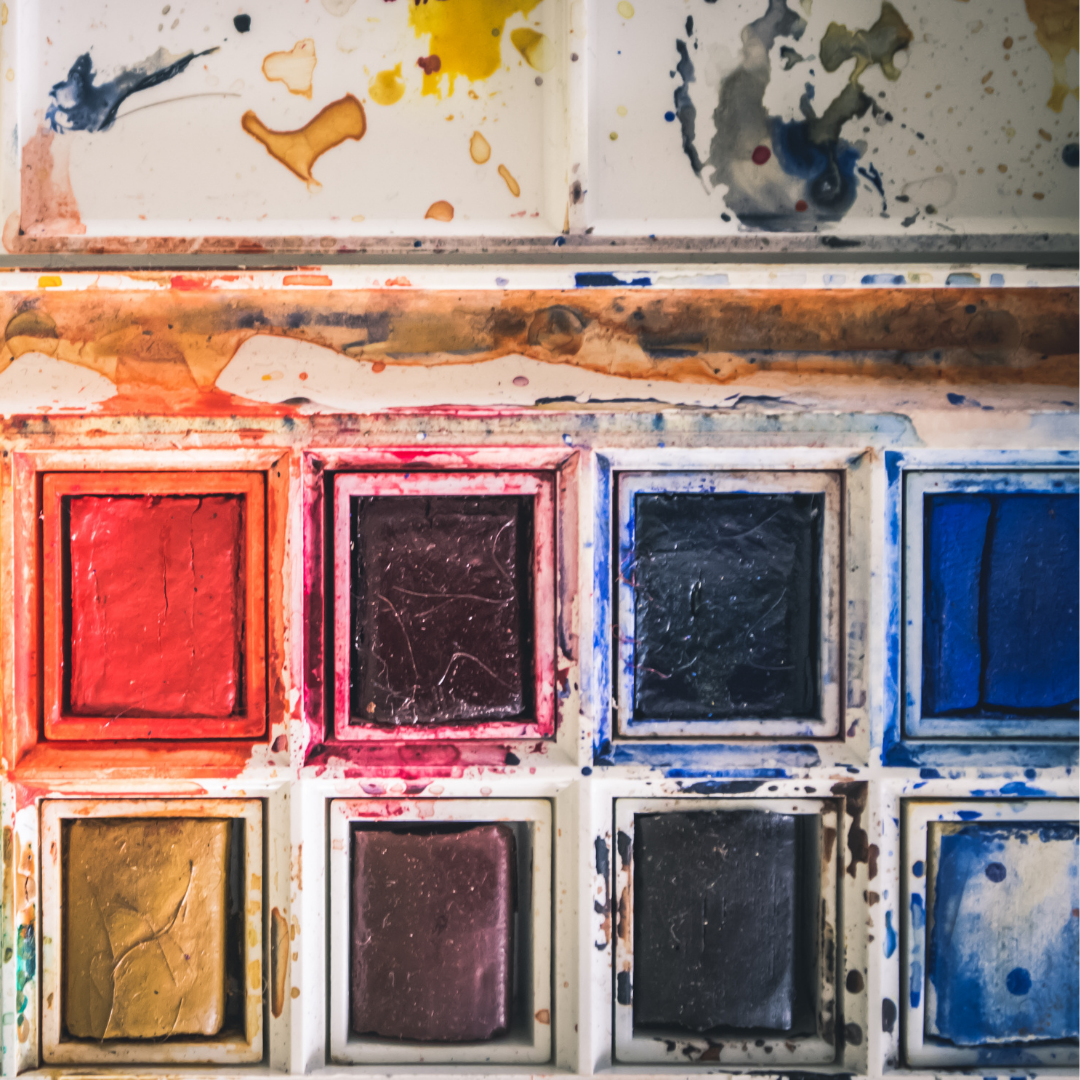If you’ve ever wondered how to paint a cool landscape or how to paint a cool animal, this article is for you. We will give you step-by-step instructions on how to paint with watercolor.
Prepare Your Tools
Preparation is key to a successful painting experience. There are many things you can do to prepare your canvas for your next painting, but one of the most important is to clear your canvas. Clear your canvas of any previous layer of color, allowing the new layer of color to stick. Clear your canvas of any previous layer of paint, allowing the new layer of paint to stick. Clear your canvas of any previous layer of paint, allowing any new layer to stick. Watercolors are great for all sorts of projects, but maybe you haven’t tried them on canvas. Or perhaps you aren’t sure how to start picking paint. Or perhaps you’ve never even considered watercolor as a way to create art.
General Process
The watercolor painting process is quite simply one of the most exciting and rewarding ways to express your creativity. The physical act of painting with watercolor is quick, fun, and liberating, and the final product is a unique piece of art that can be sold or given away without losing the essence of the creative process.
— We will gather the materials: watercolor, a brush, a paint palette.
— We will check our tools: watercolor brushes, palette, paint.
— We will start painting the first layers of the picture.
— We will start painting the second layer of the picture.
— We will start painting the third layer of the picture.
Mixing The Colors
A watercolor painting has a vibrant, intense color palette, but it’s not always easy to bring out the colors in a painting. You may have tried painting with a mixed color palette, but the colors don’t always blend seamlessly. But don’t scrap your mixed color palette just yet. There is a way to smooth transition between the colors, and it’s called the “cross color” method.
It’s one thing to know the techniques for mixing color and another to master them. While some artists work by sight, others use color theory to guide their decision-making. Painting with watercolor allows for both approaches and can produce a wide range of results.
Contouring
The sculpting tools available today are impressive! They are able to do all sorts of things that even years ago seemed like magic. But you can only sculpt with clay and plaster if you have a bit of background in sculpting and sculpting materials. For those who are looking for a more advanced sculpting tool, there is the Contour Sculpting Pen. It has all the features of a regular sculpting pen, but it also has the additional feature of a contouring pen. The amazing thing is that the contouring pen can sculpt with the same quality as the sculpting pen, but there is a completely different sculpting technique that you can use to sculpt a 3D shape.
Practice More On The Water Color
At times the physical and abstract nature of painting reminds me of the dance between the mineral and the moving, between the light and the dark. Watercolor seems to be a medium that is not quite one or the other but at the same time both. As the world moves away from oil-based paint, many are turning to watercolors. While this is a great way to get into the world of painting, watercolors can also be frustrating to work with. They are not necessarily easy to clean, and they only dry when completely dry. However, they do have their advantages, and they can be used as a medium for a number of techniques. For some reason, watercolor is not often taught in schools.
A watercolor is a form of painting that is washed into the paper with water using brushes. It is one of the most popular art forms used in fine art schools and art classes. Watercolor paintings are also suitable for many other applications, including fine art, graphic design, book illustration, product design and promotion, advertising, promotional products, wall murals, children’s art, and more. It is a very popular and can be a great medium for self-expression.
